Today we’ll be taking a look at one of the most recent offerings from the heritage collection of Swiss brand Alpina, the 1970s-inspired Startimer Pilot Heritage. Alpina, founded in 1883, is no stranger to neo-vintage watches, first making waves in the trend a few years ago with the release of its supercompressor-styled Seastrong Diver Heritage and WWII-era KM-710. Yet in comparison to the brand’s earlier reissues, this more recent release takes a ‘70’s-style alarm watch design and remixes it into a modern mechanical GMT.
The Startimer Pilot Heritage uses a 42-mm brushed-and-polished steel “helmet” case, and is available in four metallic colorways: dark gray, light blue, navy blue and copper. The case prominently features two side crowns, one for changing the time and date, and the other for operating the GMT function. On the dial of the watch you’ll notice the inner white GMT bezel on the outermost edge, applied silver indices for each of the hour markers, simpler black-print markers for each of the minutes, and a framed date window at the 3 o’clock position. Toward the top of the dial is a subtle, black-printed Alpina logo, and at its center is an inner rotating disk used to indicate the corresponding GMT time on the white bezel. Sweeping over the dial features are two slim hour and minutes hands, with a bright orange central seconds hand aesthetically contrasting each of the colorways.
Inside the Startimer Pilot Heritage is the AL-555 automatic caliber, which uses a Sellita base and adds a GMT function, storing a 38-hour power reserve and protected by an engraved decorative caseback (seen below). The 2018 release is currently marketed by Alpina at $1,395, and can be found through its dealers worldwide.
Unfortunately, we don’t have a specific vintage model cited by Alpina with which to compare this modern neo-vintage watch, but we can extrapolate from the era the piece’s historical credentials. Foremost is the helmet-style case, one of the many case styles popularly used for sports watches during the decade. Next is the double-crown functionality; while the GMT function on the Startimer Pilot Heritage is a modern conception, the double crown with this style of case was frequently used for alarm watches, which rose in popularity during the era, as well as on an altered supercompressor-style dive watches.
As far as parallel details on the dial to vintage traits, the inner disk does recall vintage alarm functions, and the metallic coloration — while not as popular as it is today — was a style seen during the vintage period. I’ll note that some writers have commented that the GMT readability is not the most intuitive process on the modern watch, primarily due to the small numerals on the inner GMT bezel and their distance to the indicating marker on the central rotating disc, so there may well have been a practical reason the design wasn’t on the market some 40 years ago.
Alpina is a funny brand because, while it’s existed as an established manufacturer for well over a hundred years, it hasn’t maintained a prominent market share– let alone an international presence — outside of the contemporary era. For this reason, vintage models for comparison to their modern heritage editions are few and far between; I remember a 2016 interview I held with then-CEO Guido Benedini in which he commented on how much effort the heritage collection’s design team was putting into locating vintage models to recreate and re-imagine. This lack of information and historical market relevance, in combination with the longevity of the brand, allows it a unique position in the market where it can develop watches like the Startimer Pilot Heritage: historically inspired (though lacking strong historical evidence) with plenty of added modern elements. Ultimately, this leads the modern watch to offer consumers a relatively affordable and visually entertaining mechanical GMT, with some added vintage interest, which was likely Alpina’s goal in the design all along.
For the most recent article in the “Vintage Eye” series, in which we go hands-on with the Méraud Bonaire and compare it to its historical inspirations, click here.
Caleb Anderson is a freelance writer with a primary focus on vintage watches. Since first discovering horology, he has garnered extensive knowledge in the field and spends much of his time sharing his opinions among other writers, collectors, and dealers. Currently located near New York City, he is a persistent student in all things historical, a writer on many topics, and a casual runner.

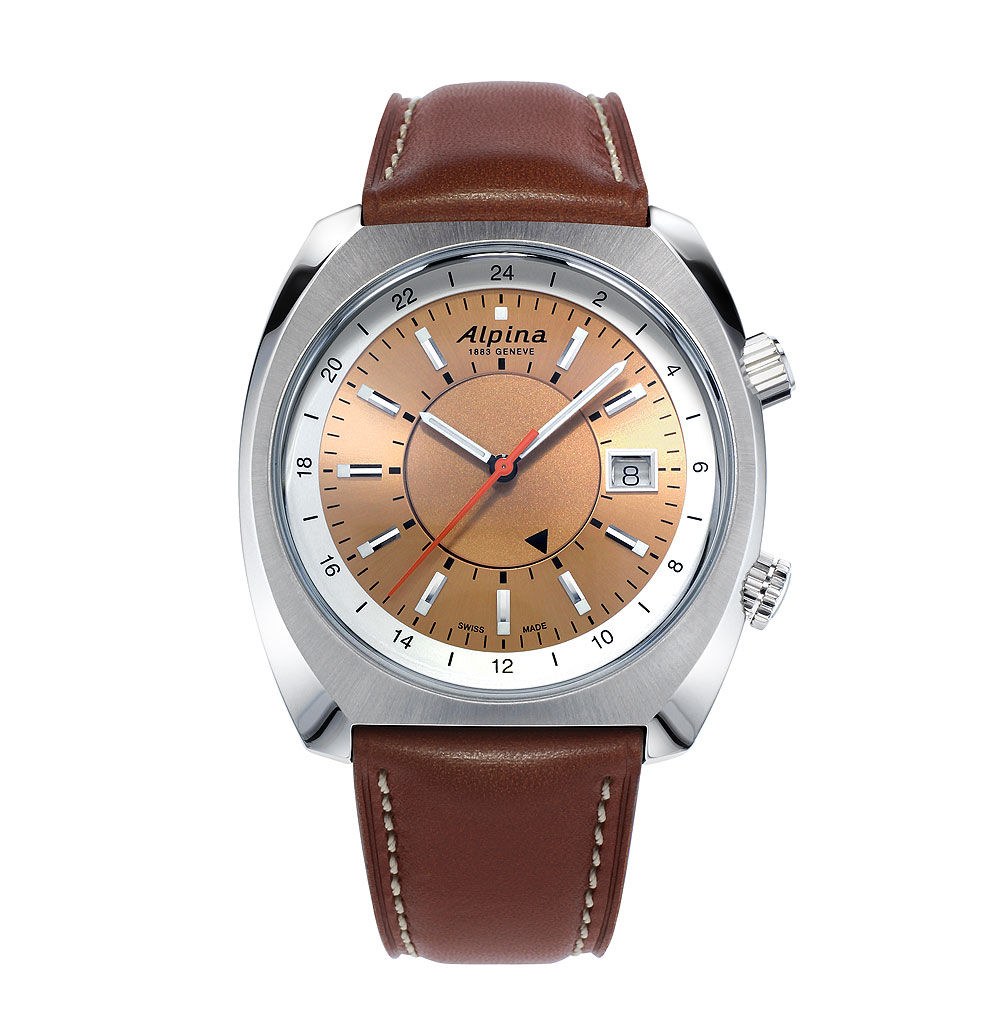
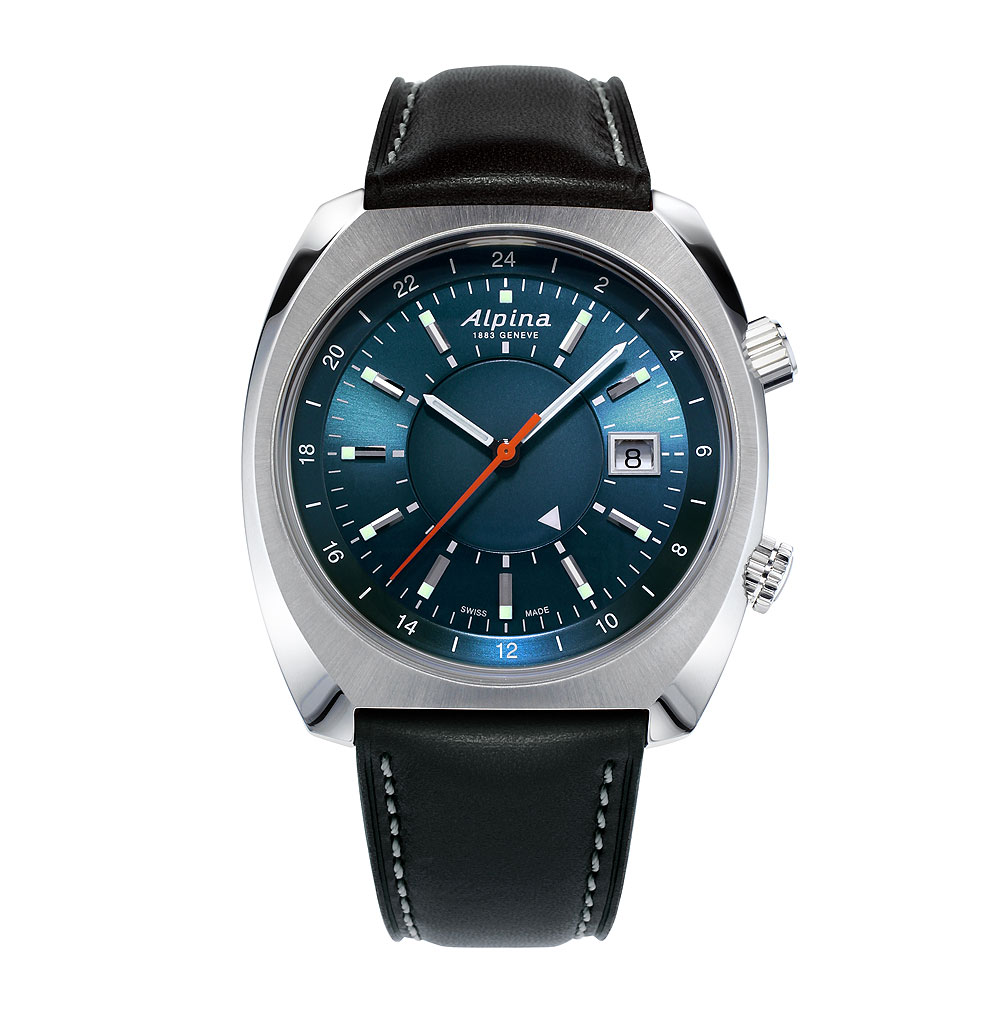
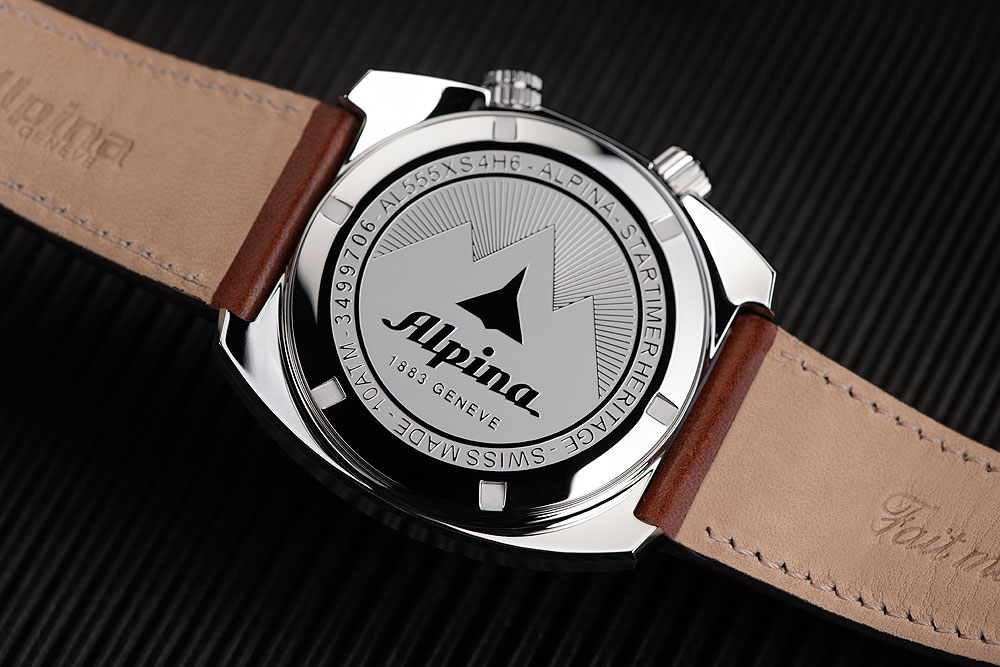
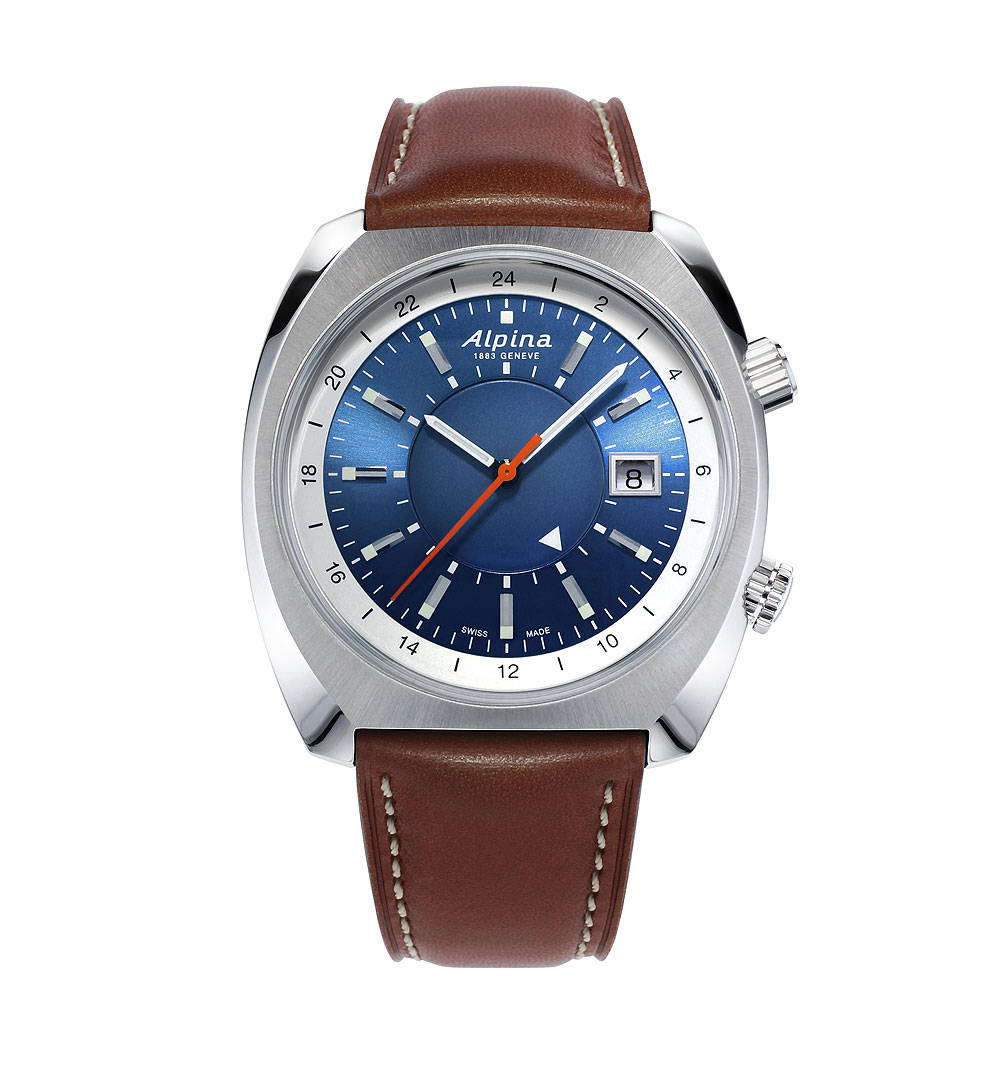
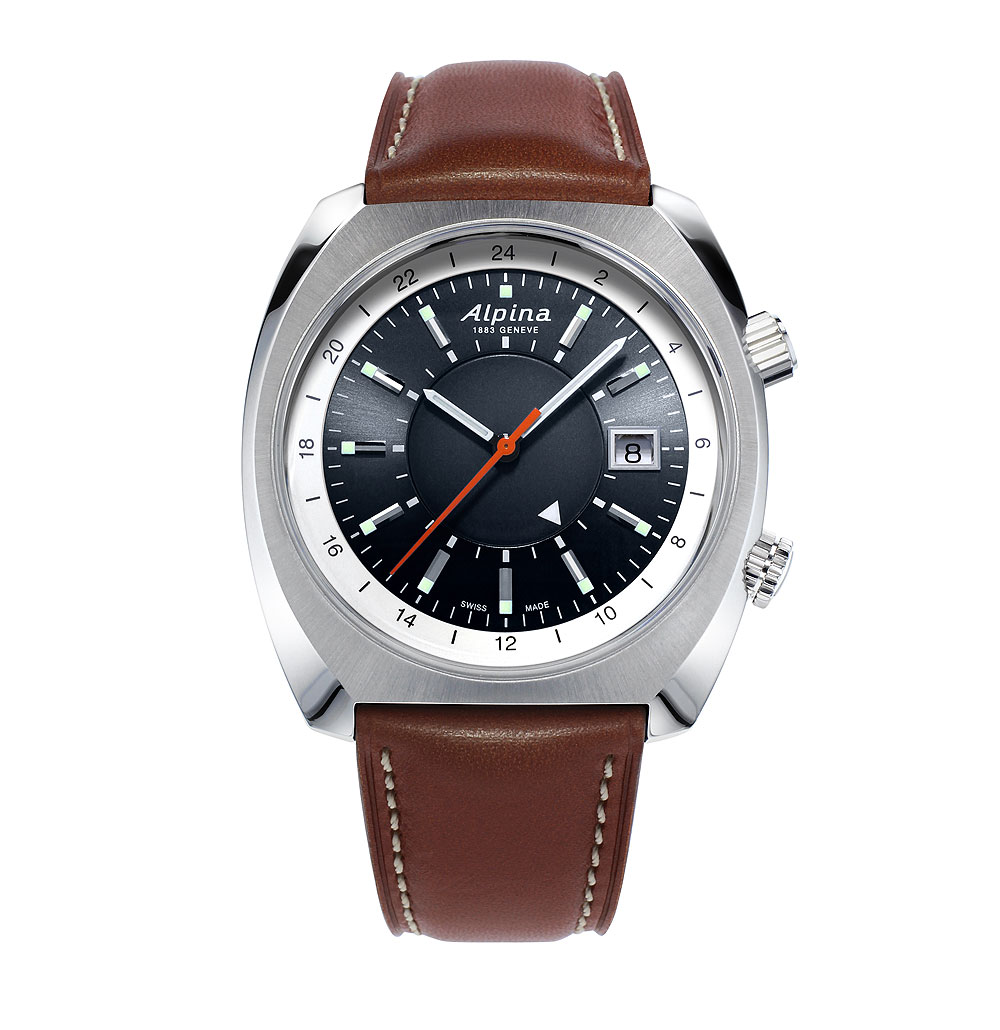
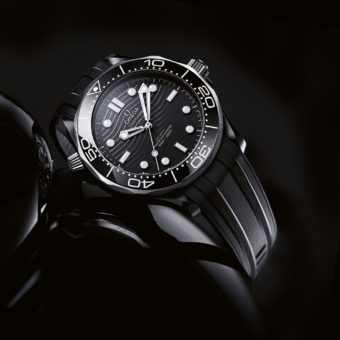

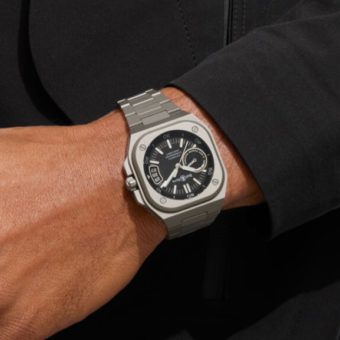
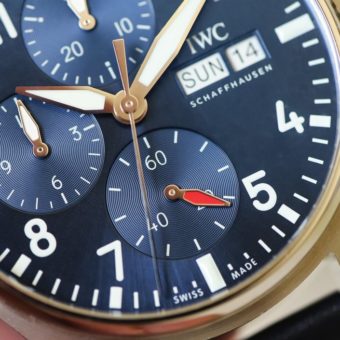
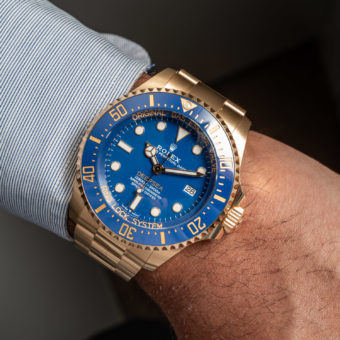
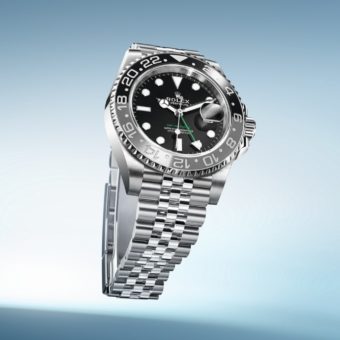
It should be noted that the GMT function of the movement, while a bit confounding to set properly is unique to most other GMT’s in that the hour hand can be set independently but it will affect the time the date changes. The small GMT marker will always move as the time is set but the outer GMT scale can be adjusted accordingly. At some point, everything needs to be resynchronized if one is to use all the functions. That said, the finish and detail of the case and dial is top notch, the seconds sweep very smooth but the leather strap is short and unremarkable.
How much is this please?